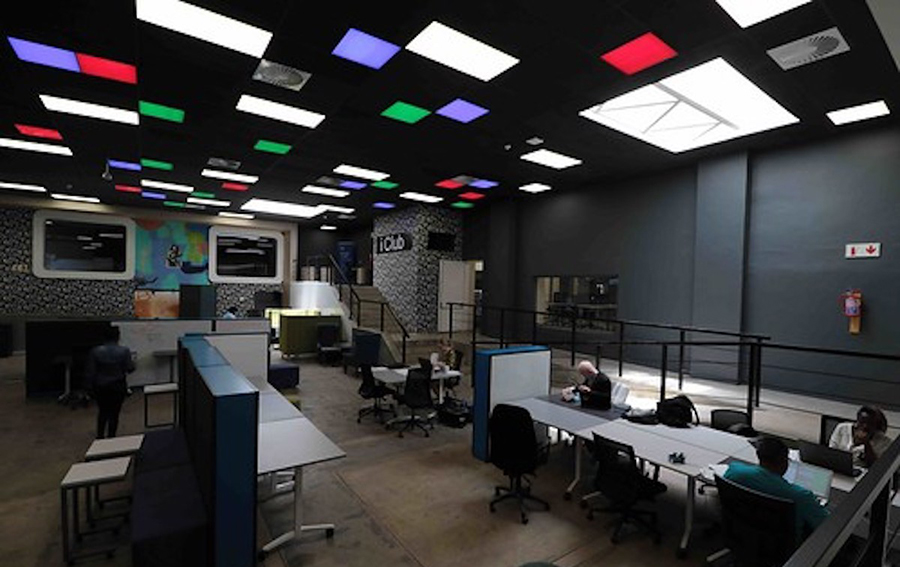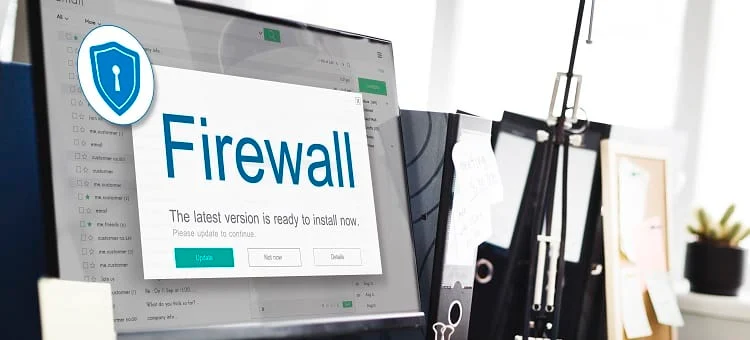How to Build a Freelance Web Development Business
Whether you’re a self-taught coder or a certified developer, freelancing lets you work independently, choose your clients, and build a career on your own terms. But turning skills into a business takes strategy.
🧱 1. Build a Strong Foundation
✅ Master the Essential Skills
Make sure you’re proficient in:
-
Frontend: HTML, CSS, JavaScript, frameworks (e.g., React, Vue)
-
Backend: PHP, Python, Node.js, databases (MySQL, MongoDB)
-
CMS: WordPress, Joomla, Shopify (for easier builds)
-
Version control: Git & GitHub
-
Responsive design & SEO basics
Bonus: Learn to use no-code tools like Webflow or Bubble for faster project delivery.
🌐 2. Create a Personal Portfolio Website
Your portfolio is your best marketing tool. It should:
-
Showcase at least 3–5 completed projects (real or sample)
-
Clearly list your services
-
Include a professional bio, testimonials, and contact form
-
Use clean design and responsive layout
Tip: Make sure your site loads fast and is SEO-friendly.
🎯 3. Choose a Niche (Optional but Powerful)
Focusing on a niche helps you stand out. You could specialize in:
-
E-commerce websites
-
Websites for local businesses
-
Landing pages for startups
-
Web apps for NGOs or schools
Clients love hiring developers who understand their specific needs.
🛠 4. Set Up Your Business Basics
-
Choose a name and register your business (if needed)
-
Set up a business email (e.g., hello@yourname.dev)
-
Create a simple contract template to protect yourself
-
Choose payment methods (PayPal, Stripe, Payoneer, local bank)
📢 5. Find Clients
Start With:
-
Friends, family, and referrals
-
Freelance platforms: Upwork, Fiverr, Freelancer, Toptal
-
Local businesses: Offer free or discounted websites for experience
-
Online communities: Facebook groups, LinkedIn, Reddit
Cold email strategy: Reach out to small businesses with outdated websites and suggest improvements.
💰 6. Price Your Services Wisely
Pricing options:
-
Hourly: Good for ongoing work ($15–$50/hour starting out)
-
Per project: Best for fixed-scope jobs
-
Packages: Example:
-
Basic site (1–3 pages) – $150
-
Business site (5+ pages + contact form) – $300+
-
E-commerce site – $500+
-
Don’t undervalue your time. Raise your rates as you gain confidence and clients.
📦 7. Offer Maintenance & Upsell Services
Earn recurring revenue by offering:
-
Website maintenance
-
Speed optimization
-
SEO updates
-
Content updates
-
Hosting and domain management
Upsell after launch: “Would you like me to manage the site for $25/month?”
🤝 8. Deliver Quality and Get Testimonials
-
Always communicate clearly and meet deadlines
-
Overdeliver when possible
-
Ask for testimonials and referrals after each project
📈 9. Market Your Business Online
-
Post regularly on LinkedIn, Twitter, or Facebook
-
Share screenshots of work and behind-the-scenes progress
-
Join freelancer groups and comment helpfully
-
Write blog posts or tutorials on your site
Build trust by showing your knowledge and consistency.
🔁 10. Stay Consistent and Keep Learning
-
Keep your skills updated with courses (e.g., Udemy, freeCodeCamp)
-
Learn how to handle client objections, negotiations, and revisions
-
Don’t panic in slow seasons—stay visible and improve your portfolio
✅ Tools to Help You Run Your Freelance Biz
| Task | Tools |
|---|---|
| Time tracking | Toggl, Clockify |
| Invoicing | PayPal, Wave, Zoho Invoice |
| Contracts | Bonsai, HelloSign, Google Docs |
| Design mockups | Figma, Canva, Adobe XD |
| Project management | Trello, Notion, Asana |
| Portfolio hosting | GitHub Pages, Netlify, Vercel |
🔚 Final Thought
Building a freelance web development business takes skill, consistency, and smart marketing—but it’s absolutely possible. Start small, focus on value, build trust, and scale as you grow.






